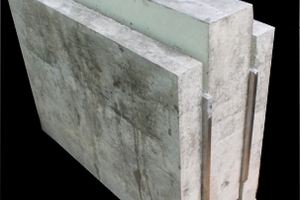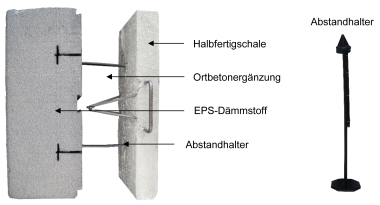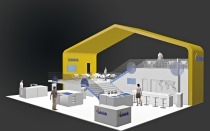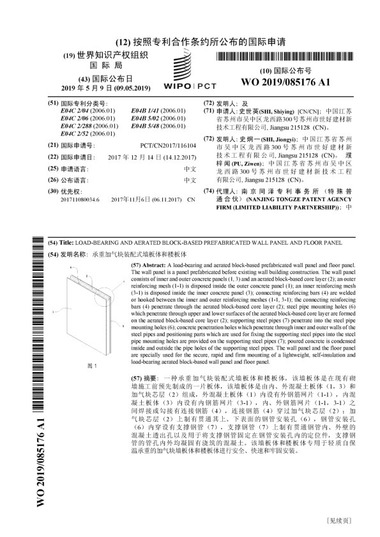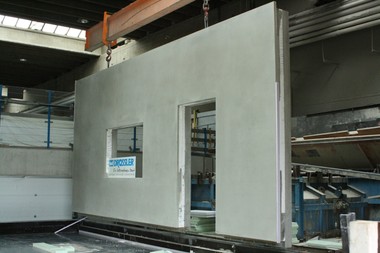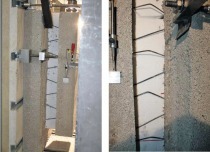Load-transferring and switchable
Improving the energy efficiency of buildings is of central importance in view of rising energy prices, increasingly scarce fossil energy reserves and the continually advancing greenhouse effect. Minimization of transmission heat losses and solar thermal energy storage in concrete load-bearing structures are vital approaches to improving energy efficiency and optimizing the use of resources. The development of an innovative composite system and multifunctional exterior wall system made of concrete is presented as a result.
The composite façade element comprises a slender façade panel made of concrete, controllable vacuum insulation layer and inner concrete shell modified with integrated, functionalized plastic fiber reinforcement. Bonding of the individual layers is effected by means of bonded anchor rails of small thickness, which enable forces to be transmitted via the insulating element. Vacuum insulation panels are presented as a controllable insulating layer, featuring a very small insulation thickness of approx. 2 cm and achieving approximately the same insulation effect as a 20-cm thick conventional insulation made of polystyrene.
The research work focuses on load transfer via the vacuum insulation layer in the ultimate limit state, and on ensuring full functionality of the insulating layer in the serviceability limit state. For this purpose, experimental tests were carried out on the façade element under shear stress. A consistently mechanical model for describing the shear behavior of wall elements with a core layer consisting of a vacuum insulation and bonded anchors as connectors is not yet known in literature. The experiments therefore serve to provide a better understanding of the general load-bearing behavior and characterize different load-bearing mechanisms on the one hand, and to develop an engineering model for describing the shear behavior of sandwich elements on the other.

